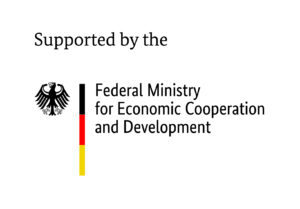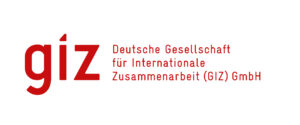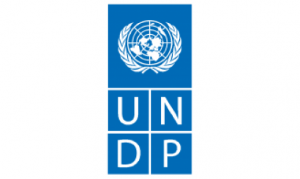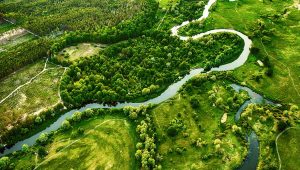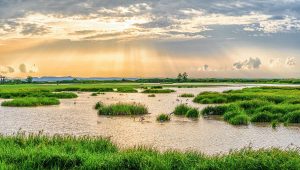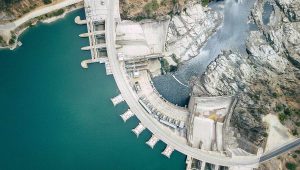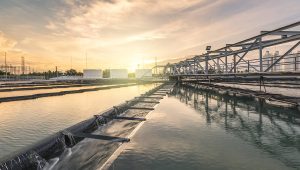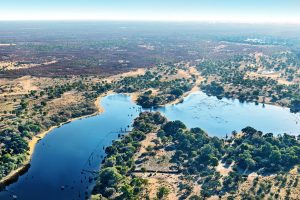Chapters
In this report, we explain how the journey towards climate security requires massive, cross-sectoral efforts in improved management of water. It focuses on 1) climate mitigation measures that require or modify freshwater sources or freshwater-dependent social-ecological systems; 2) climate mitigation options within the water and sanitation sector with up-scaling potential.
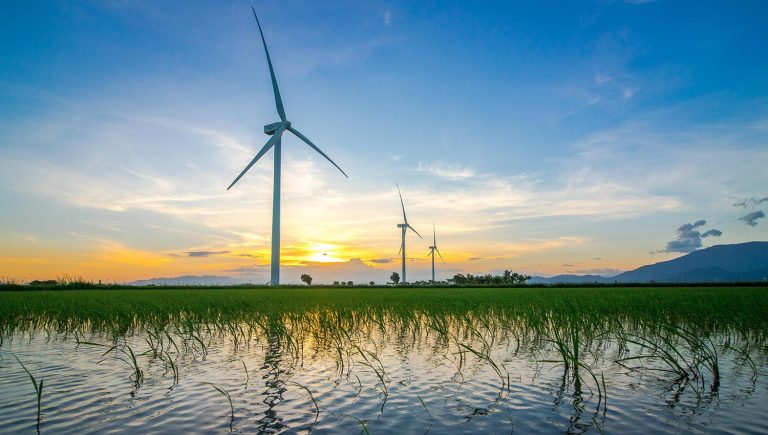
Unpacking Freshwater's Role in Climate Change Mitigation
Climate mitigation cannot be achieved at the pace and scale required unless it is water-wise. The research findings are collated in this summary, together with five key messages for water-wise climate mitigation.

Introduction
This introductory chapter outlines the reasoning for the research and why it is critical that water is included in climate mitigation. It also defines the structure of the report and the three main parts of which it is comprised.
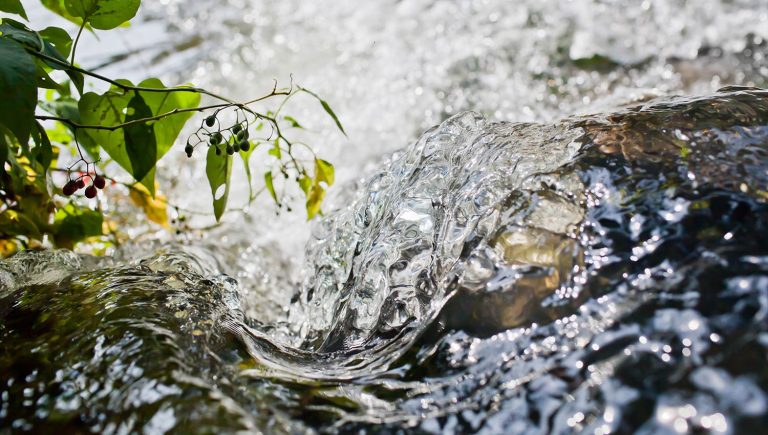
The role of freshwater in climate mitigation: Biophysical interdependencies
This chapter explains how climate mitigation measures both depend on, and impact, freshwater resources and the water cycle.

Governance context of water-related climate mitigation measures
This chapter provides an overview of the global governance frameworks and national instruments relating to climate change, biodiversity, land, water, and sustainable development. Various financing mechanisms to realise the goals are also covered.
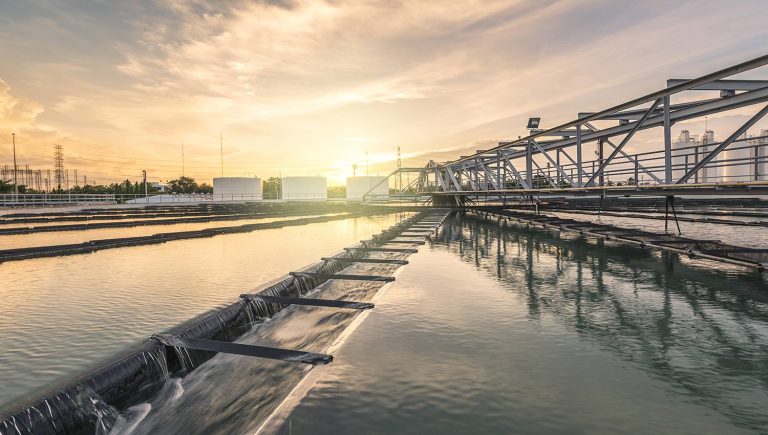
Mitigation measures in drinking water and sanitation services
This chapter illustrates how reducing both direct and indirect GHG emissions in drinking water and wastewater management presents major opportunities for climate change mitigation, including abstraction, treatment, distribution, and discharge.
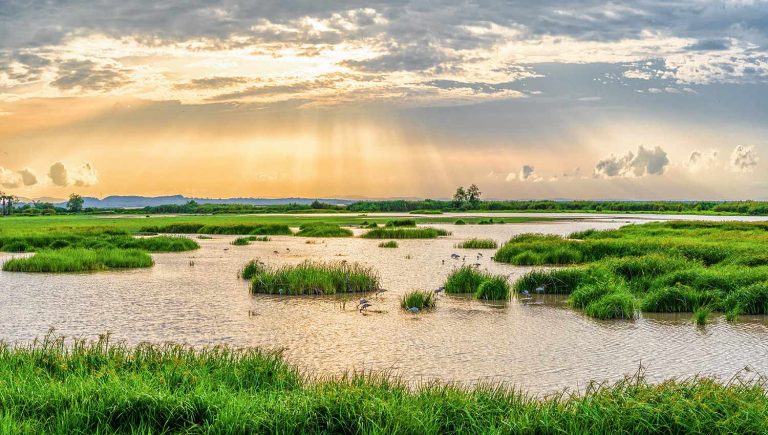
Mitigation measures in freshwater systems
This chapter examines the mitigation potential and risks in freshwater ecosystems, including freshwater peatlands, marshes, swamps, lakes, streams, rivers, and tidal wetlands. They can function as either GHG sources or sinks, dependant on their environmental state and management.
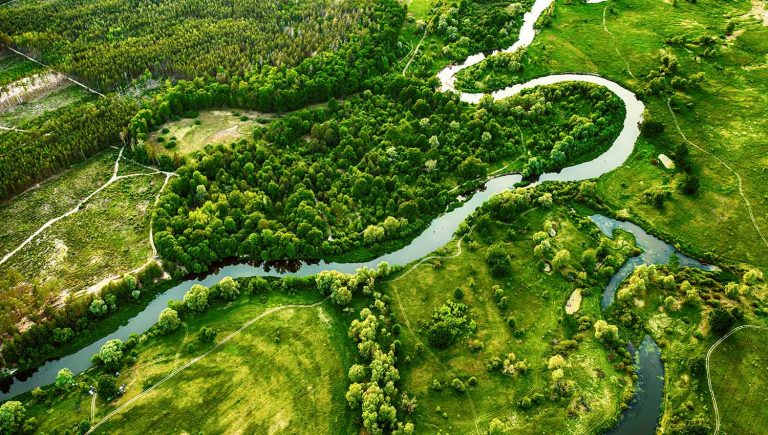
Mitigation measures in land systems
This chapter examines the mitigation potential and risks in land-based systems, and illustrates how the success of land-based climate mitigation relies substantially on freshwater availability and a functioning water cycle.
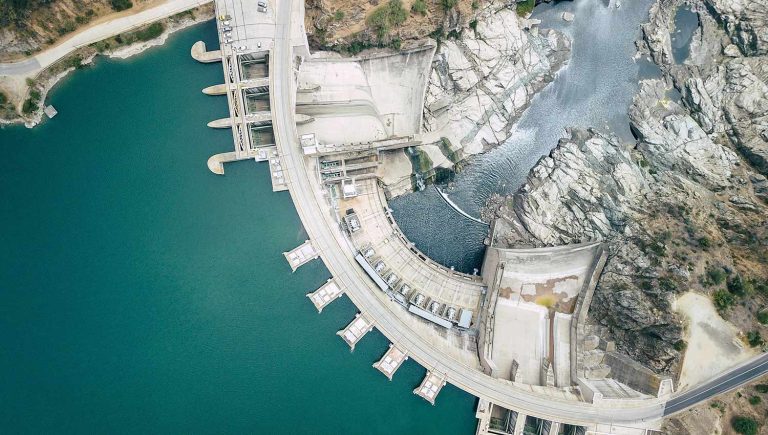
Mitigation measures in energy systems
This chapter examines the water-related climate mitigation potential and risks of low emission energy transition plans, highlighting the need to include an analysis of projected demands, availability, and impacts on freshwater.

Water risks and win-wins for climate mitigation
This chapter identifies priority water risks that must be evaluated in climate mitigation plans, and the essential areas for investment and action that will benefit both water and climate mitigation, critical for future sustainable development.
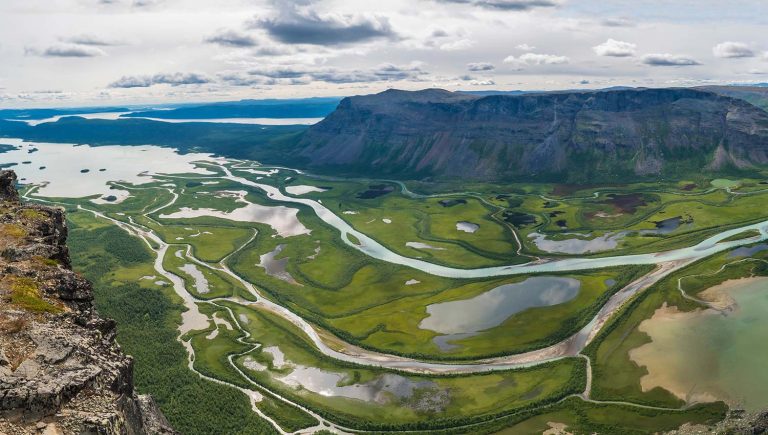
Achieving climate mitigation through integrated and cross-sectoral approaches
This chapter demonstrates that integrated approaches, which account for the interconnections between freshwater and climate mitigation, are necessary to achieve water-wise climate mitigation.

Concluding remarks: Freshwater - the essential drop to net-zero
Chapter 10 concludes the pivotal importance of building strong, polycentric, and inclusive governance systems, which have the capacity to deliver the integrated solutions required for water-wise climate mitigation.
In joint effort with
